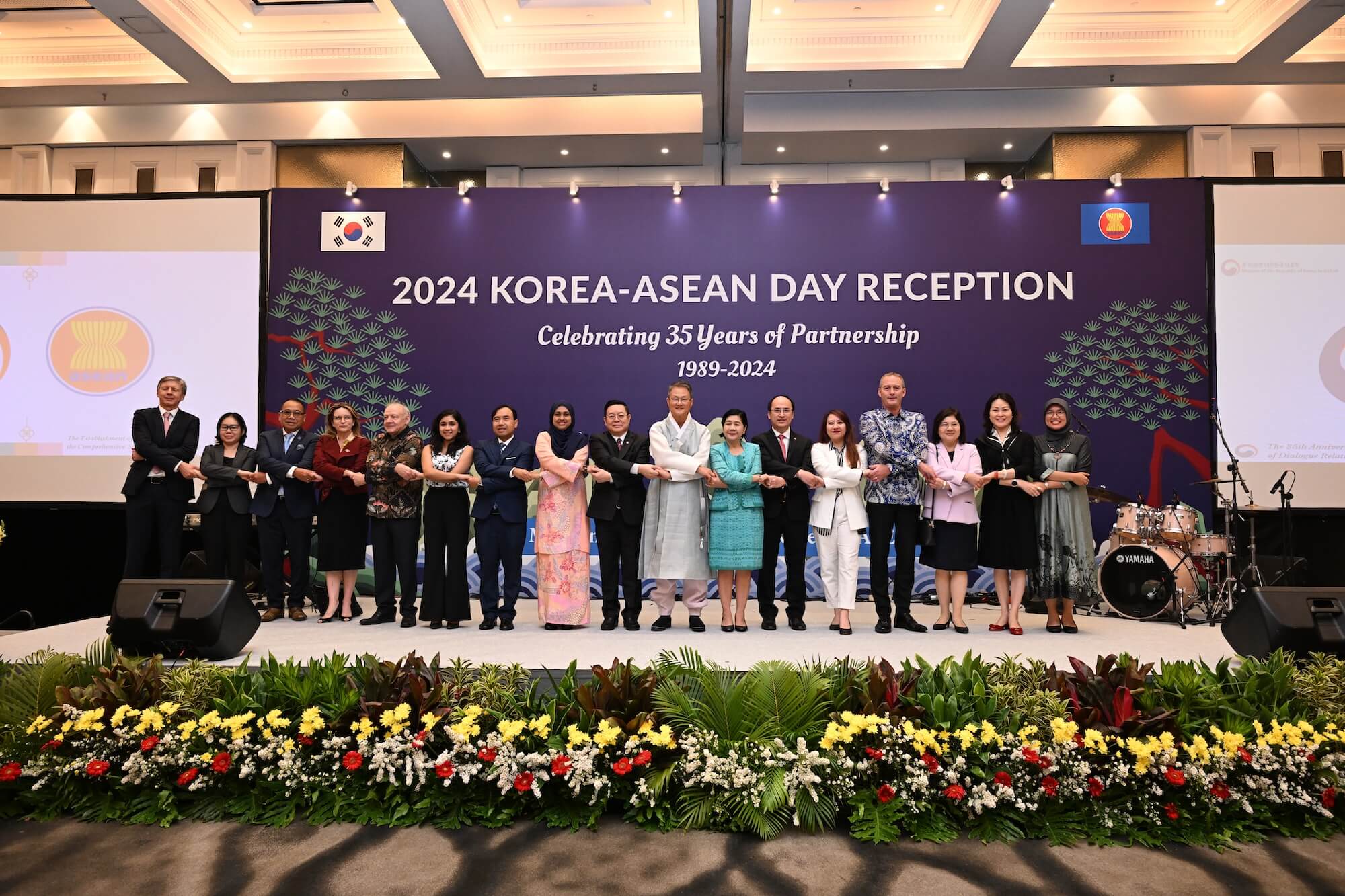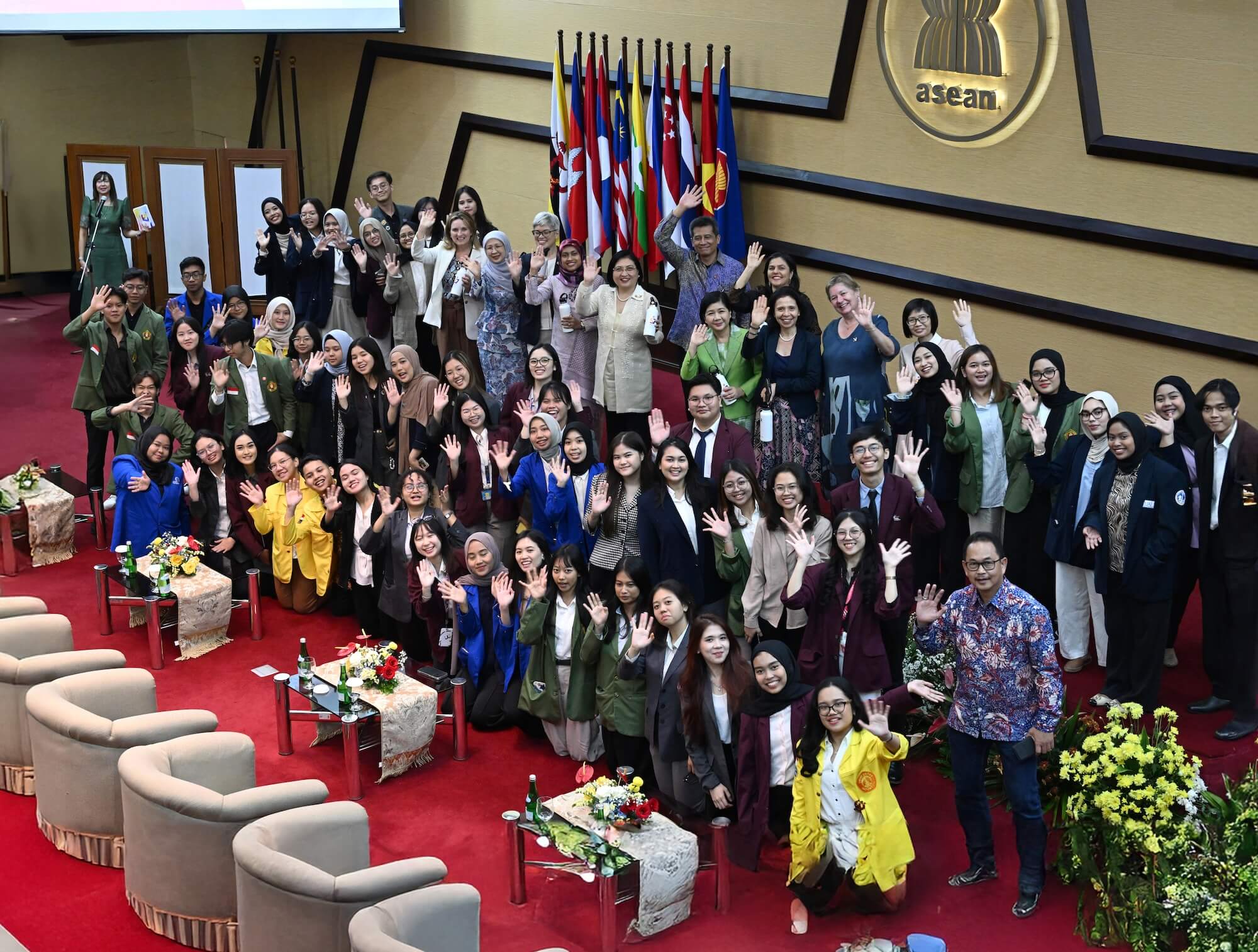Archives: Articles
World Tourism Day: Tourism For Peace
The 2nd ASEAN-India Artists’ Camp Exhibit: Oceans of Connectivity

Twenty visual artists from ASEAN Member States and India gathered in Udaipur, Rajasthan, in 2022 to participate in the second ASEAN-India Artists’ Camp, centring on the theme “Oceans of Connectivity.” The camp was supported by the ASEAN-India Fund and implemented with the assistance of the SEHER Foundation, a nonprofit organisation dedicated to promoting music, dance, … The 2nd ASEAN-India Artists’ Camp Exhibit: Oceans of Connectivity
Bridging Cultures through Art and Music

As diplomats and those in the corridors of power do their jobs, how can ordinary citizens contribute to public diplomacy? While we cannot participate in ministerial talks and high-level summits, ordinary citizens and incredibly creative communities have the potential to contribute in enhancing relationships between India and other countries.
ASEAN Prize Winner 2024: Youth, Let’s Go with AYO!

The ASEAN Youth Organization (AYO) is the proud winner of the ASEAN Prize 2024. A-Y-O is its abbreviation, but “ayo” is also a word in Bahasa Indonesia that means “let’s go!” or “come on!”. It is a fitting name for an organisation with roots in Indonesia that encourages collaboration and thrives on friendship among youth … ASEAN Prize Winner 2024: Youth, Let’s Go with AYO!
ASEAN-ROK: Celebrating 35 Years of Friendship and Connection
ASEAN-Korea Comprehensive Strategic Partnership and the Role of the ASEAN-Korea Cooperation Fund

This year marks the 35th anniversary of the ASEAN-Korea dialogue relations. The Republic of Korea established a Sectoral Dialogue Partnership with ASEAN in 1989 and was accorded full Dialogue Partner status by ASEAN in two years, in 1991. Upon celebrating the 35th ASEAN-ROK anniversary this year, I am happy to say that we have taken … ASEAN-Korea Comprehensive Strategic Partnership and the Role of the ASEAN-Korea Cooperation Fund
57th ASEAN Day Highlight: Roundtable Mentoring, Women Leaders and Youth Voices

Sixty students from prominent Indonesian universities came together for an insightful dialogue with women ambassadors from ASEAN Member States and Dialogue Partners. The participating universities included Universitas Indonesia, Universitas Pelita Harapan, Universitas Pembangunan Nasional “Veteran” Jakarta, Binus University, University of Al-Azhar Indonesia, and Universitas Pertamina.
Culture of Prevention in Action: Safeguarding Children in the Philippines from Online Sexual Abuse and Exploitation

“Prevention is key to building a connected and resilient ASEAN. By connecting people from diverse backgrounds and promoting open dialogues, we foster mutual understanding and respect. This inclusive approach strengthens social cohesion and builds a more resilient ASEAN, capable of preventing conflicts.” Mr. Khamphou Phiasackha Chair of the Senior Officials Committee for the ASEAN Socio-Cultural … Culture of Prevention in Action: Safeguarding Children in the Philippines from Online Sexual Abuse and Exploitation



